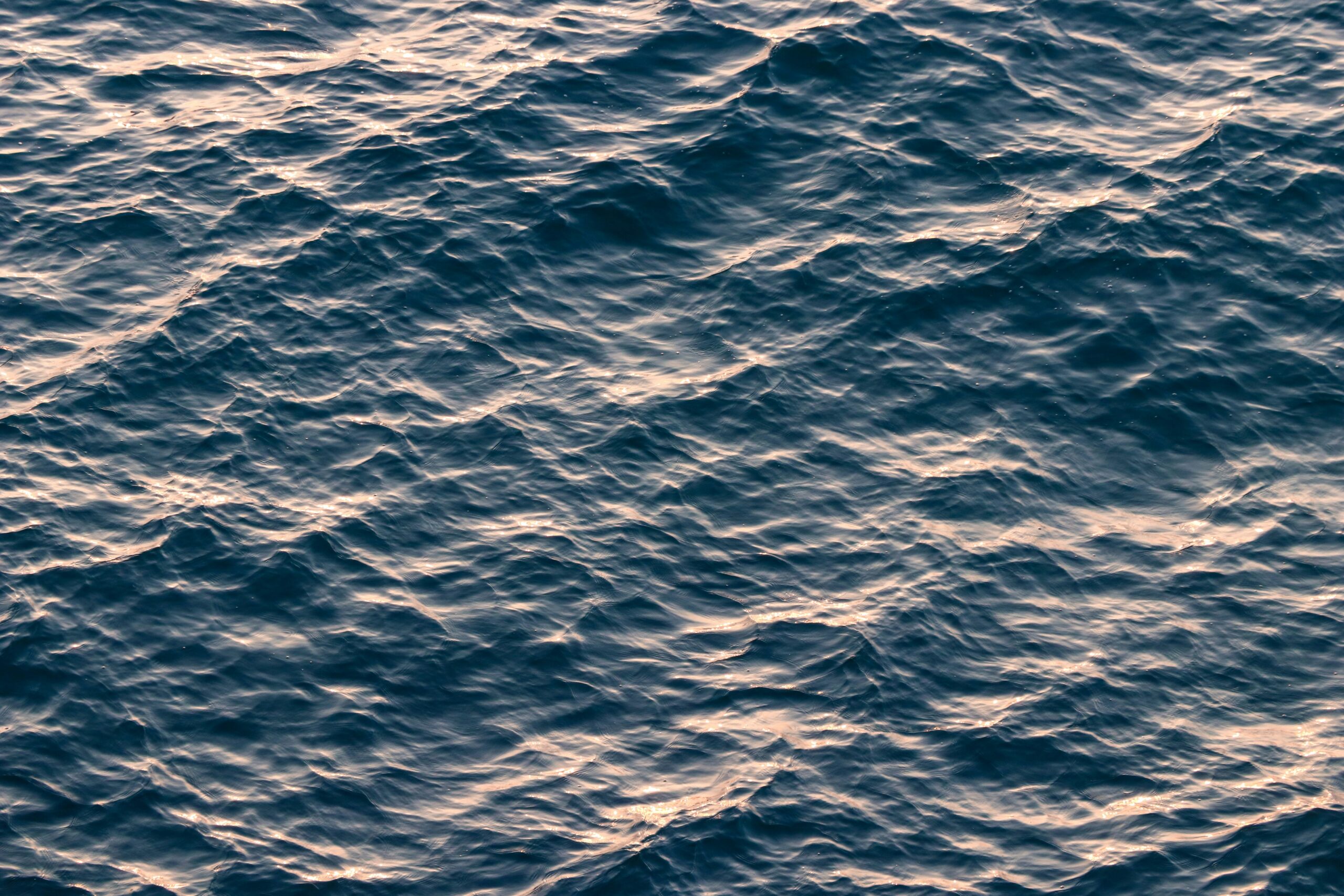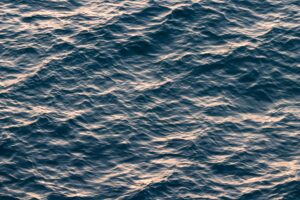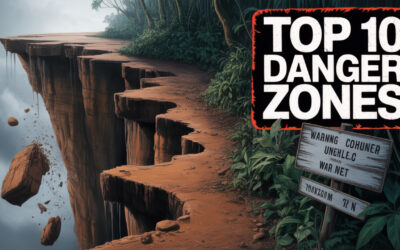15 Fascinating Facts About the Sea You Probably Didn’t Know


The sea has always fascinated humanity. Covering over 70% of our planet, it holds mysteries, beauty, and power beyond imagination. From providing oxygen to hosting strange creatures, the sea is a vast world of wonders that we are still exploring. Here are 15 interesting facts about the sea that highlight why it continues to inspire curiosity, respect, and awe.
1. The Sea Produces Most of the World’s Oxygen
When we think of oxygen, we often imagine forests and trees. However, the sea is the real hero. Tiny plants called phytoplankton, living near the surface of the water, produce around 50–70% of the Earth’s oxygen through photosynthesis. Without them, life on our planet would not survive.
2. The Sea Covers More Than 70% of Earth’s Surface
The sea dominates our world. Around 71% of the Earth is covered in water, and most of it is saltwater. Despite this vastness, we have only explored about 5% of the oceans. That means the majority of our planet is still largely a mystery.
3. The Deepest Point is the Mariana Trench
One of the most fascinating places in the sea is the Mariana Trench, located in the Pacific Ocean. It plunges down to about 11,000 meters (36,000 feet) at its deepest point, called the Challenger Deep. To put it in perspective, Mount Everest could fit inside it, with more than a mile of water above its peak.
4. The Sea Regulates the Earth’s Climate
The ocean acts like a giant air conditioner for our planet. It absorbs heat from the sun, distributes it around the globe through currents, and helps regulate weather patterns. Without the sea, our climate would be extreme and unstable.
5. There Are Mountains Under the Sea
When we picture mountains, we usually imagine them on land. But the sea floor is home to enormous mountain ranges. The Mid-Atlantic Ridge is the longest mountain range in the world, stretching more than 65,000 kilometers (40,000 miles) under the ocean.
6. Strange Creatures Live in the Depths
The deeper you go, the stranger life becomes. Creatures like the anglerfish, with its glowing lure, or the giant squid, which can grow up to 13 meters long, live in the darkness of the deep sea. Many of these species remain mysterious because humans cannot easily study them.
7. The Sea Has Its Own Lakes and Waterfalls
It might sound strange, but the sea contains underwater lakes and waterfalls. Differences in salinity and temperature can create layers of water that do not mix, forming what looks like lakes beneath the surface. In the Atlantic Ocean, the Denmark Strait cataract is the world’s largest underwater waterfall.
8. Most of the Earth’s Volcanic Activity Happens Underwater
About 80% of volcanic eruptions occur beneath the sea. These underwater volcanoes shape the seafloor and sometimes create new islands. For example, Iceland exists because of volcanic activity along the Mid-Atlantic Ridge.
9. The Sea Provides Food for Billions
The sea is a major source of protein for billions of people around the world. Fish, shellfish, and seaweed are staples in many diets. However, overfishing is putting this resource at risk, which is why sustainable fishing is so important.
10. The Sea Is Full of Hidden Treasures
From shipwrecks carrying gold to sunken cities, the sea holds countless treasures. For instance, ancient coins, jewelry, and even entire lost civilizations like Heracleion in Egypt have been discovered underwater. Archaeologists believe there are still thousands of undiscovered wrecks on the ocean floor.
11. The Sea Is Getting Louder
Marine animals rely on sound to communicate and navigate. However, human activities such as shipping, oil drilling, and sonar have made the oceans noisier. This noise pollution can confuse whales, dolphins, and other species that depend on sound for survival.
12. The Sea Is Rising
Because of climate change, melting glaciers and expanding seawater are causing sea levels to rise. This threatens coastal cities and islands around the world. Scientists predict that millions of people may need to relocate in the coming decades due to flooding.
13. The Sea Holds More History Than Land
Throughout history, humans have used the sea for travel, trade, and war. Thousands of years of maritime history are preserved beneath the waves. Ancient shipwrecks, tools, and even lost cities serve as underwater museums, giving us clues about past civilizations.
14. The Sea Contains Untapped Energy
The ocean is not only a source of food but also of energy. Waves, tides, and currents can generate renewable electricity. Although this technology is still developing, it has the potential to provide clean power for the future.
15. The Sea Is Home to the Great Barrier Reef
The Great Barrier Reef in Australia is the largest living structure on Earth. Stretching over 2,300 kilometers, it is visible from space. It is home to thousands of species of fish, corals, and other marine life. Sadly, global warming and pollution are causing coral bleaching, threatening this natural wonder.
Conclusion
The sea is more than just water. It is a living, breathing part of our planet that provides oxygen, food, energy, and climate stability. It is also a place of mystery, hiding uncharted depths, strange creatures, and treasures of the past. As much as the sea gives, it also demands respect. Rising sea levels, pollution, and overfishing remind us that the health of the sea is directly connected to our own survival. By protecting it, we are protecting ourselves and future generations.





